
Choose your rings with Fuji packs
Choosing your rod rings made easy.
Fuji packs.
We took stock of the different types of rings in the first article in this series on rings and you now know all about Alconite, Torzite and Titanium. You've chosen the finish of your rings according to your needs and budget, and now it's time to define the sizes and models of rings that will equip the rod of your dreams. Those unfamiliar with rodbuilding may think that this step is a headache... and yet, Rodhouse and Fuji have premade the work for you...
Fuji ring packs.
To best illustrate this article, let's imagine that the blank we want to mount is Rodhouse's best seller, the NFC MB 705 HM .
There are several pieces of information that will help you define which pack is made for your blank:
- The size of the blank
- How powerful it is
- Spinning or Casting Assembly .
Our blank measures 7 feet (2m13) for a power of 7-28 grams and I choose to mount my rod in spinning. Now it's just a matter of going to the Rodhouse website, in the Kr spinning ring packs tab.
I want to fit Frosted Silver finish rings, so I click on the associated image.
I click on the M pack, which most closely matches my blank.
Note from the pro-staff: "I always take the FUJI ring pack corresponding to the high power of my blank. EXAMPLE: If I choose a pack for a 2-12 gram blank, I take the L. Don't forget that the ring packs correspond to a power, and therefore to an estimated braid or line diameter. If you choose a pack that's too light and doesn't correspond to your blank, your connecting knots may have a harder time getting through without rubbing."
All I have to do now is click on the size corresponding to my blank, KR 7' pack. (7' = 2.13 m, the size of the blank)
I have now fitted a huge number of rods and I ALWAYS use Fuji ring packs and I have NEVER encountered a single problem. Fuji is the number 1 ring manufacturer in the world. They know their job very well and the specifications put in place are very well done.
It is nevertheless possible to make your own ring pack without following Fuji's recommendations. I wouldn't recommend it for beginners.
The scion ring.
With the ring pack chosen, I'll now proceed to choose my tip ring. This step is greatly facilitated by the work done upstream by the Rodhouse teams, who caliper-measure all the blanks referenced.
On the NFC MB 705 HM page, the "learn more" tab lists all the characteristics of the blank. I note in particular, in red, "type of tip ring recommended".

The first number: 4.5 corresponds to the recommended ceramic size.
The second number: 1.8 corresponds to the tip diameter (scion of my blank).
On the Rodhouse website, I go to the "Fuji scion rings" page.

You can choose between different types of tip rings offered by Fuji. Personally, I only use the MN and LG series. These are seamless "anti-tangle" rings with or without tabs.
I click on "LG series" then "FUJI CCMNAT"(Frosted (satin matte) finish).

The drop-down menu allows me to choose the ring corresponding to my blank, 4.5 - 1.8.
I now have all my rings and can move on to Wrapping. For ring placement, I'll be using the Fuji specification.
I'll be using the Fuji specification.
The FUJI specification.
To access the assembly specification corresponding to my ring pack, simply go to the KR 7' frosted pack page. (the page of the pack we've selected) , and click on the images: the adapted specifications appear.

On the image above, I'm referring to the top 7 feet - 7.6 feet. The numbers above the blank correspond to ring placement, those below to the size of ceramics recommended in the packs.
The specification reads from right to left, starting from the tip ring. So now I know where to place my Fuji rings. I position my first tunnel ring at 10.5 cm from my tip ring, then another ring at 10.5 cm, then 11, 11.5, 12.5, 13.5, 15, 17, 23. It's really very simple.
The specification reads right to left, starting from the tip ring.


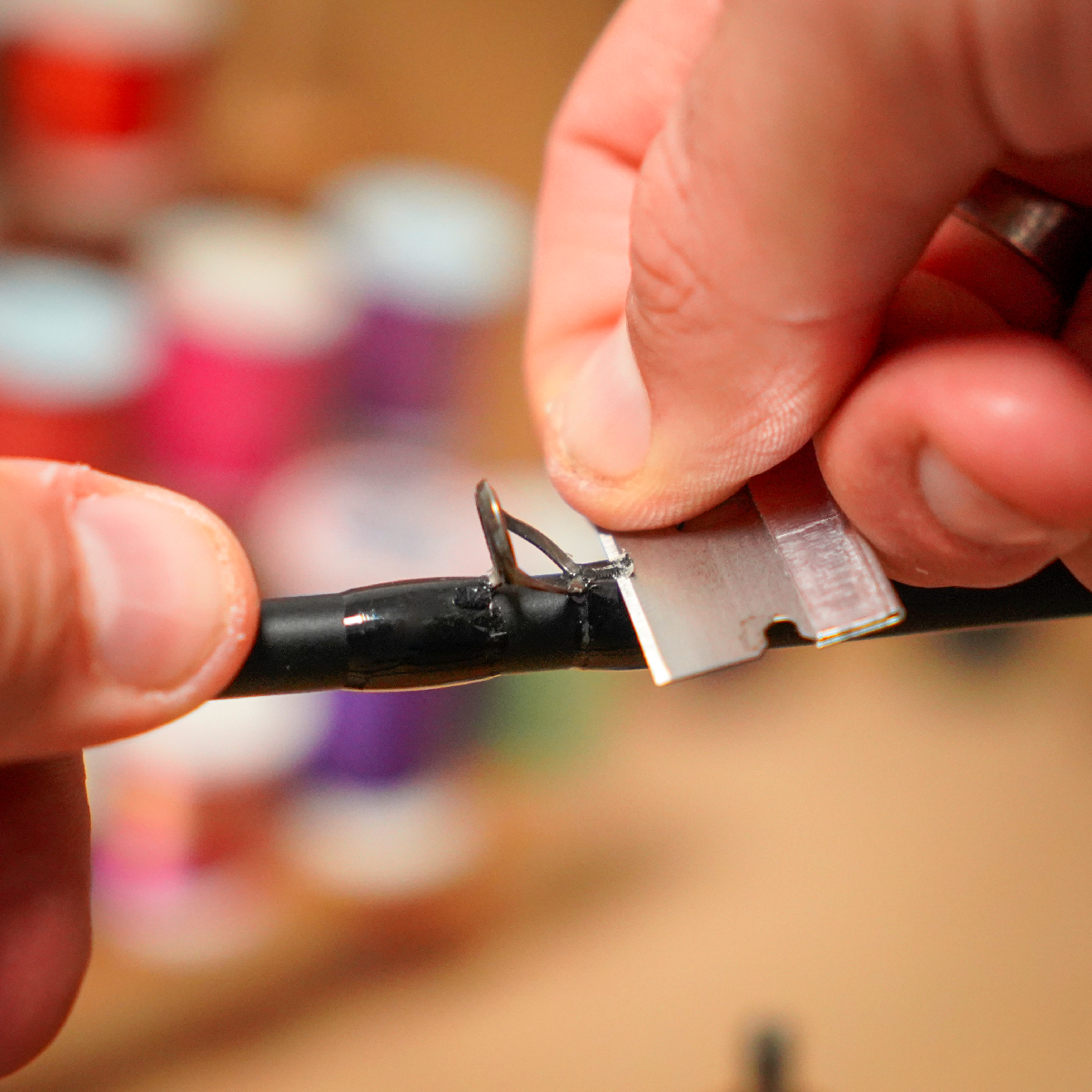
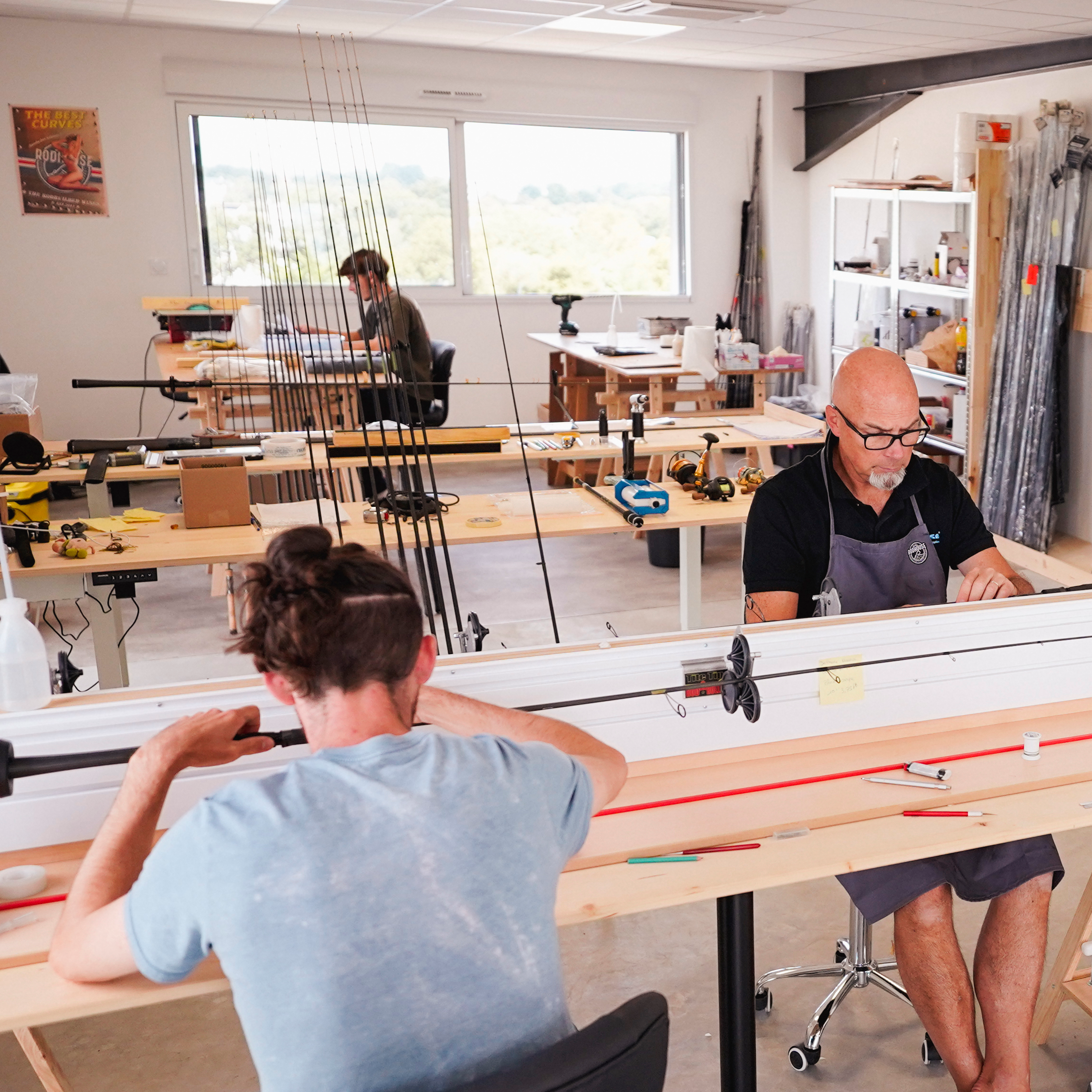
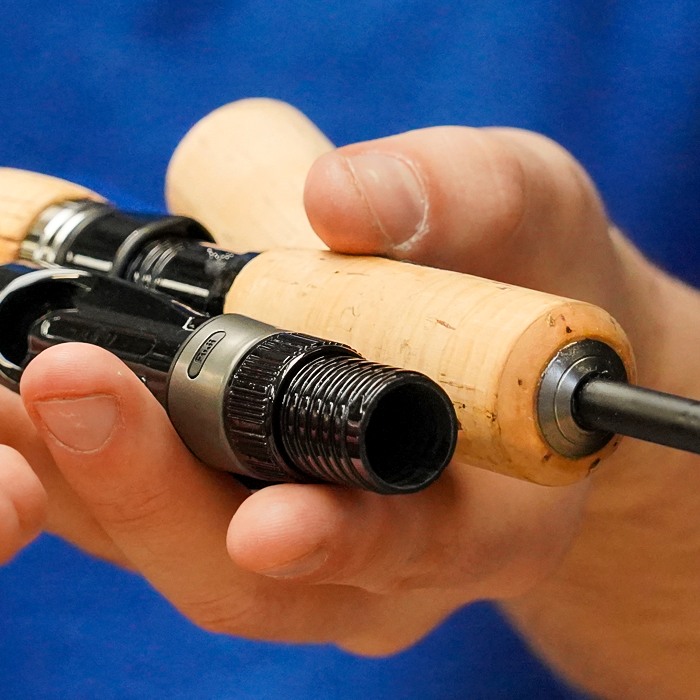
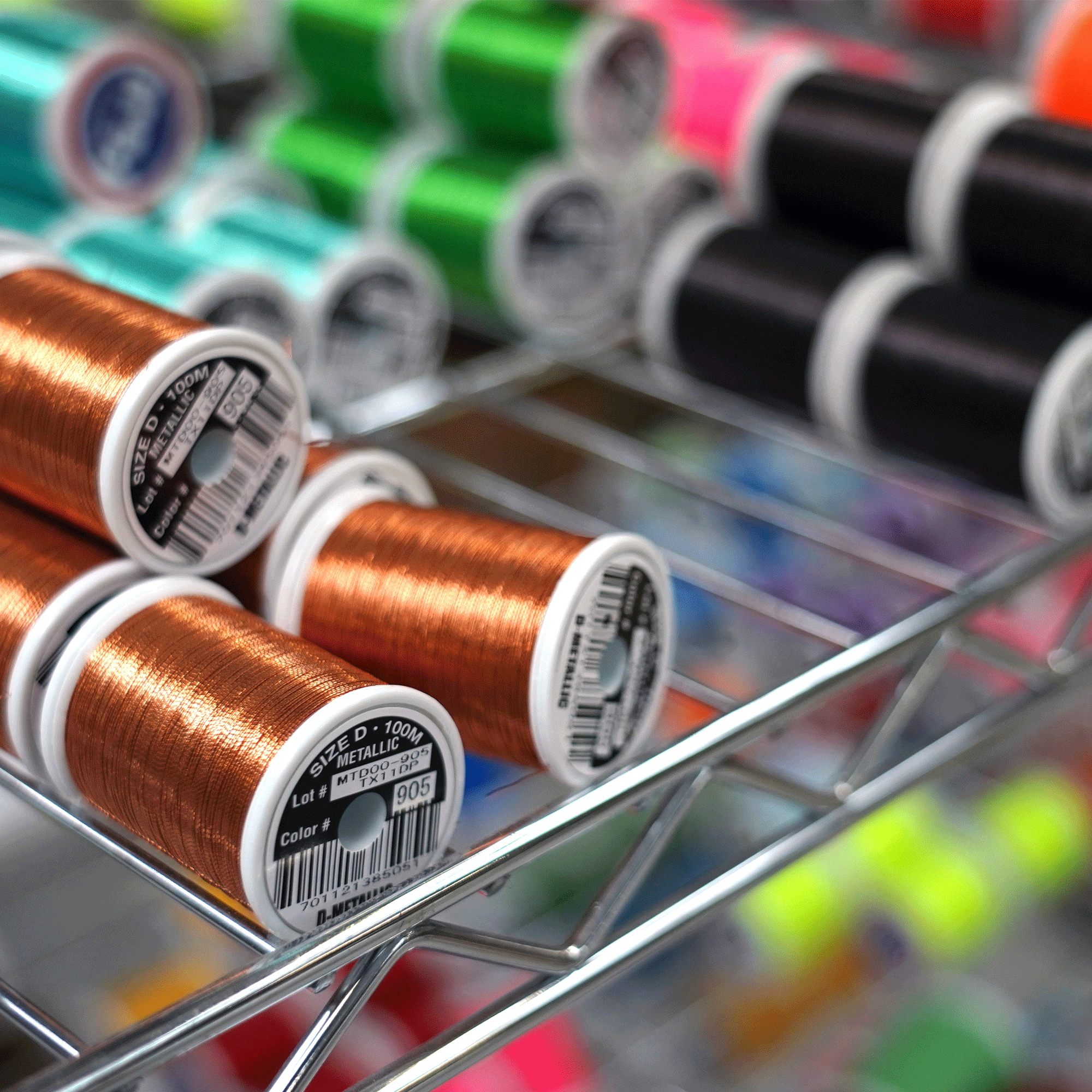

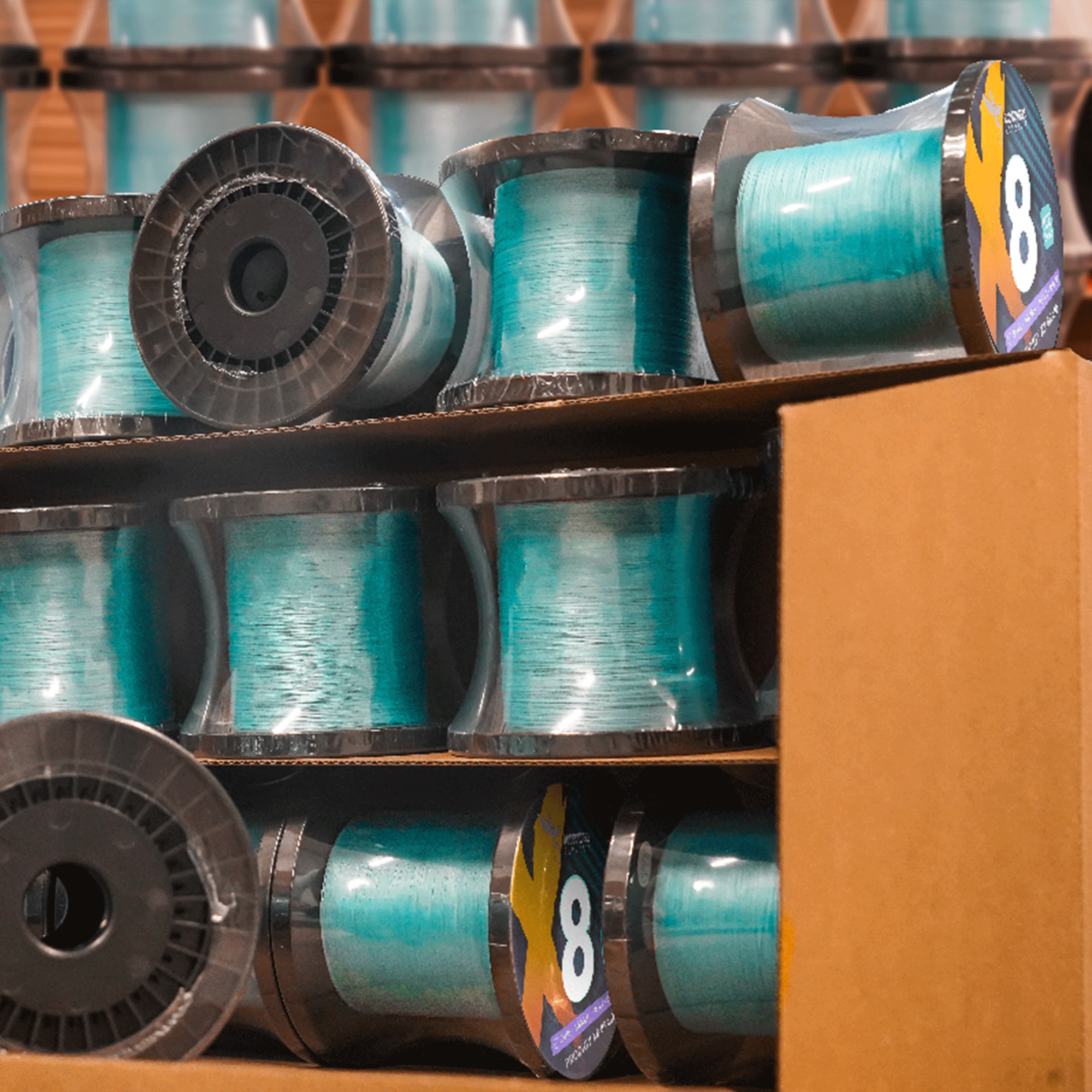
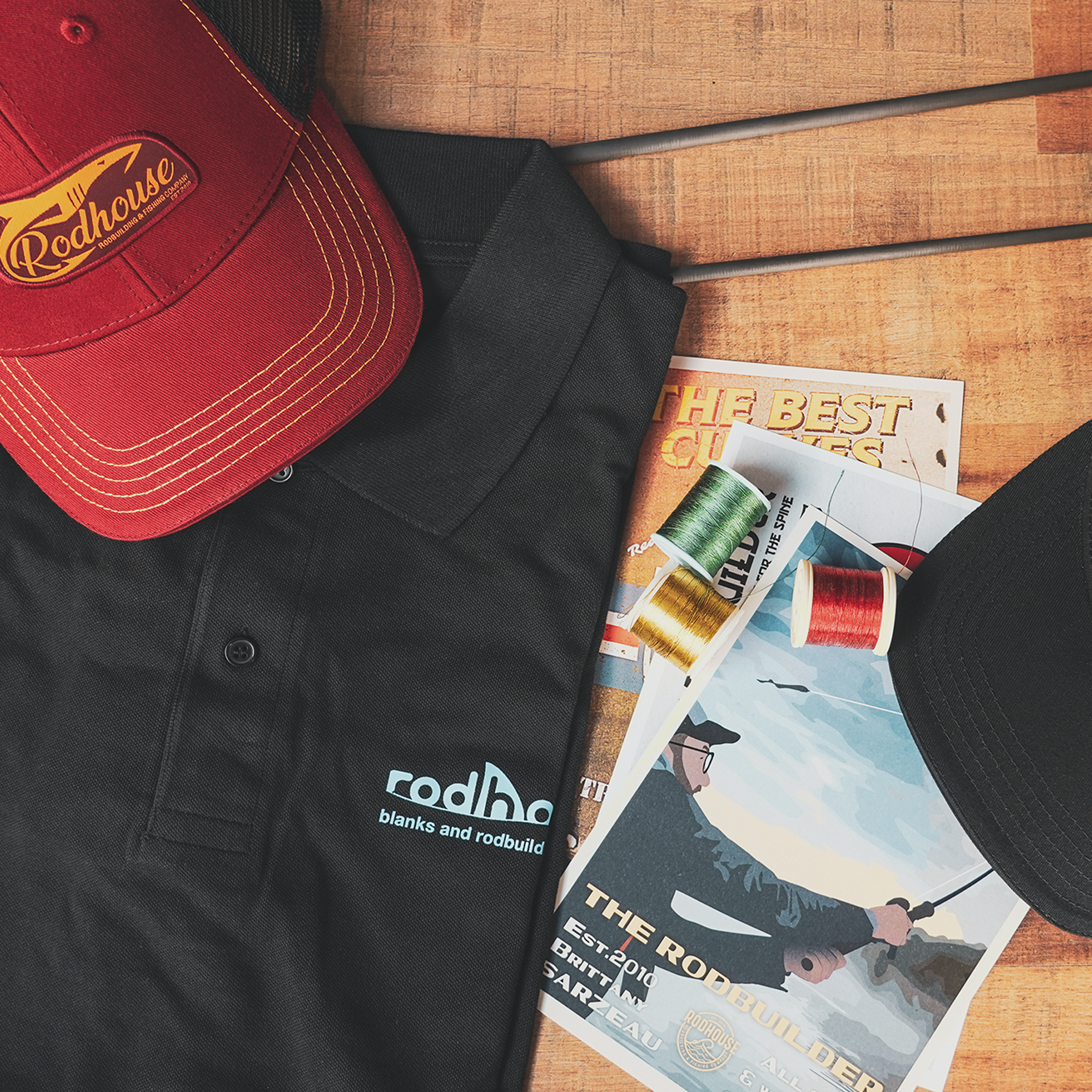
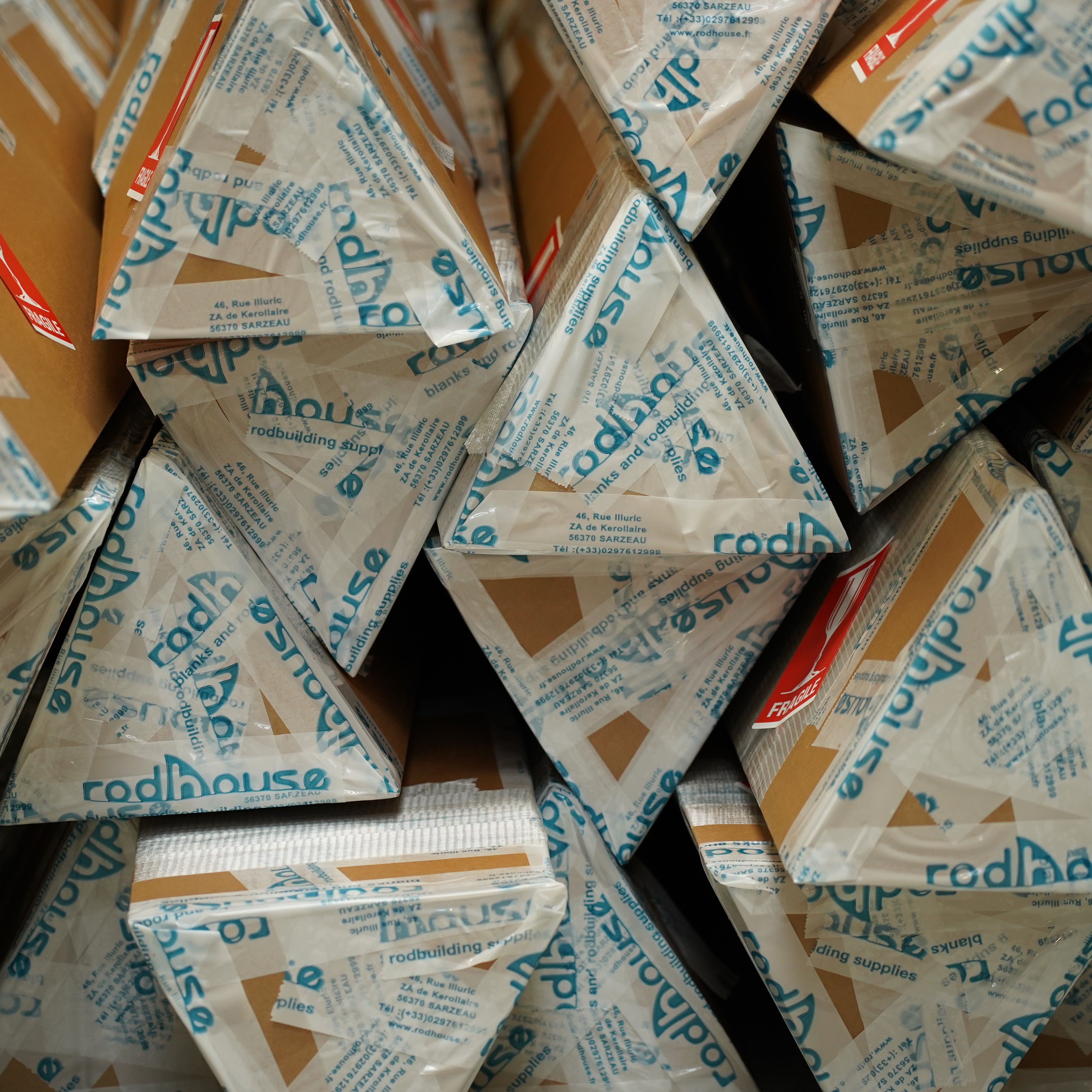



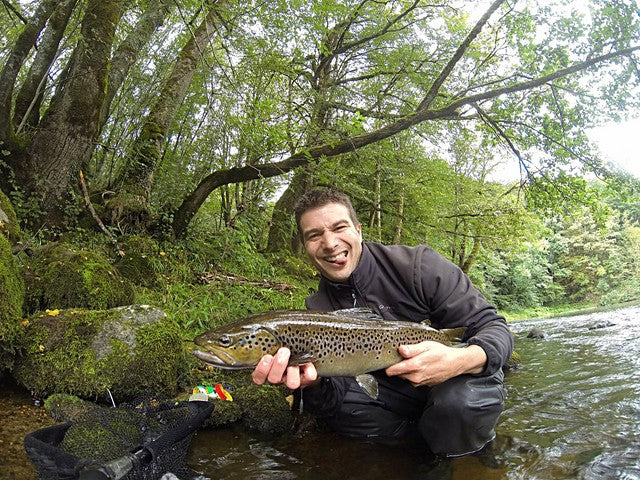
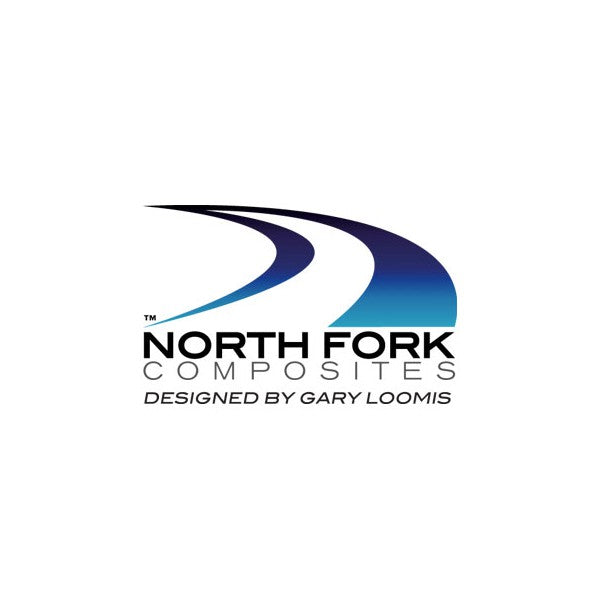
Leave a comment
All comments are moderated before being published.
This site is protected by hCaptcha and the hCaptcha Privacy Policy and Terms of Service apply.